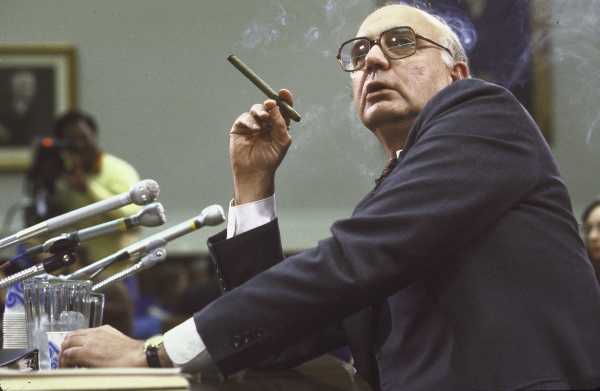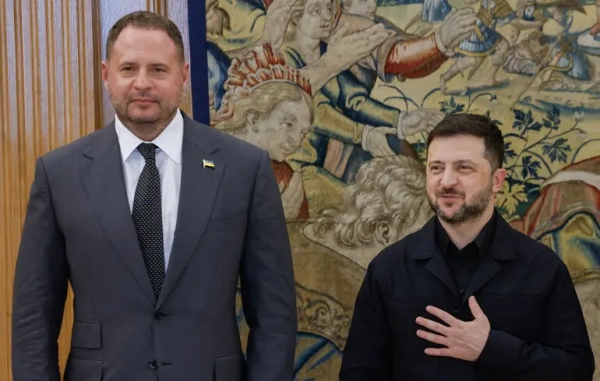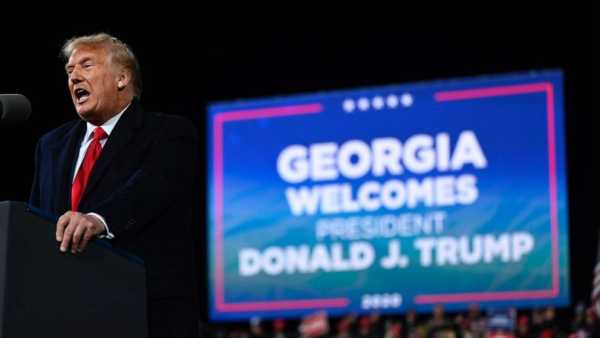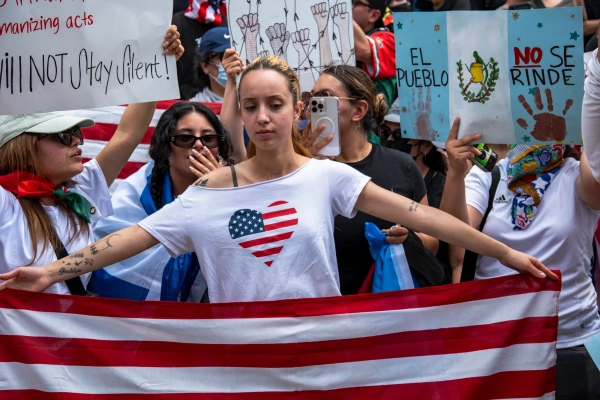
Paul Volcker, the metaphorical and literal giant (he stood 6’7” tall) of central banking who as chair of the Federal Reserve ended America’s period of high inflation by inducing a recession in the early 1980s, has died at age 92.
A veteran bureaucrat in the Treasury Department and then vice chair at the Fed, Volcker was appointed to lead the Fed by President Jimmy Carter in 1979 as core inflation was nearing 10 percent. Unemployment was low but steadily rising; even a long recession from 1973 to 1975 hadn’t slowed inflation, giving rise to the term “stagflation” to refer to the unusual combination of price increases and economic sluggishness.
For years, the Nixon, Ford, and Carter administrations had experimented with wage and price controls, in which the federal government directly limited increases in wages and prices in order to tame inflation without requiring the Fed to raise interest rates. Ford and Carter favored voluntary measures after Nixon’s experiment with mandatory controls failed. Ford launched a public campaign to Whip Inflation Now! complete with buttons and suggestions for individual action to tame inflation (he pinned a WIN button on ex-Beatle George Harrison in a desperate bid for the effort to catch on with the public).
None of these efforts sufficed to return inflation to stable, low levels.
Volcker’s stiff tightening and forced recessions, however, did. They solidified him as the most influential and arguably most powerful Fed chair in American history, willing to use his appointed position to take politically unpopular actions that elected officials never would. To his admirers, he is the pinnacle of what the economics profession has to offer: Harvard’s Ken Rogoff once called him “arguably the greatest Federal Reserve chairman of the 20th century.” To his detractors, he is emblematic of the Fed’s undemocratic seizure of power over the economy, who actively worsened conditions for working people in service of technocratic goals.
How Paul Volcker tamed inflation
Before Volcker came into office, the Fed had tried small increases in interest rates in hopes of taming inflation, to little avail. Volcker, as vice chair, was among the hawks on the Federal Open Markets Committee pushing for major action.
After a couple of modest increases in the first month of his tenure, he called a surprise meeting on October 6, 1979, and set on a new, dramatically tighter course of monetary policy. The Fed would allow a much wider band on interest rates, effectively allowing them to go higher than before, and announced it would recalibrate policy regularly in response to changes in the money supply. If the money supply was growing too quickly, the Fed would crack down harder.
That month, the Fed’s interest rate was set at 13.7 percent; by April, it had spiked a full four points to 17.6 percent. It would near 20 percent at times in 1981.
The approach took two tries to get its intended effect. Volcker’s tightening slowed economic activity enough that by January 1980, the US was in recession. But Fed interest rates actually began falling sharply after April, which limited the effectiveness of the Fed’s anti-inflation efforts. The Fed tightened again after that, and sparked another recession in July 1981. This one was far worse than the first; while unemployment peaked at 7.8 percent during the 1980 recession, it would peak at 10.8 percent in December 1982 in the middle of the 16-month-long second Volcker recession. That’s a higher level than at the peak of the Great Recession in 2009.
When Volcker left office in August 1987, inflation was down to 3.4 percent from its peak of 9.8 percent in 1981, after the first Volcker recession failed to drive prices down. Persistent low inflation has been the norm ever since; the US has never had inflation above 5 percent since September 1983.
To his admirers, he was the most successful Fed chair in history, who beat back the inflation problem even when his actions were greatly unpopular. One of the people who denounced Volcker’s moves was then-Senate Majority Leader Robert Byrd, who declared after Volcker announced his new effort in October 1979, “Attempting to control inflation or protect the dollar by throwing legions of people out of work and shutting down shifts in our factories and mines is a hopeless policy.” Building contractors and carpenters mailed Volcker’s office 2x4s that they weren’t able to use to build homes, as the mortgage market had dried up. Farmers protested by blockading the Fed headquarters with tractors.
Ben Bernanke, who served as Fed chair from 2006 to 2014, kept one of those 2x4s in his office, telling the New York Times that Volcker “came to represent independence. He personified the idea of doing something politically unpopular but economically necessary.”
But the program came at a huge human cost that has led critics to ask whether Volcker could have broken the back of inflation in a more humane way, without triggering the highest levels of unemployment since the Great Depression. Historian Tim Barker, in a review of Volcker’s recent memoirs for n+1, notes that liberal economists of the time like Nobel-winners Kenneth Arrow, Paul Samuelson, and James Tobin rejected the idea of an induced recession as unnecessarily harsh.
Barker also blames the “Volcker shock” for setting off a wave of financialization in the US; high interest rates made it hard for brick and mortar businesses to borrow for productive investment, and drew foreign money (seeking higher returns) into US banks offering high rates.
Ironically, Volcker’s last major effort in public life, after a long career at the Wall Street investment bank Wolfensohn, was promoting what he called the “Volcker rule”: a strict limitation on commercial banks’ ability to gamble with their own money on stocks, bonds, and other commodities. A version of the rule made it into the 2010 Dodd-Frank financial reform act.
The Volcker shock of the early 1980s also set off a debt crisis in Latin America. Many Latin American governments had borrowed from US banks, who now charged far higher interest rates after Volcker’s hikes. Debt ballooned, and in 1982 Mexico defaulted on its debts, with others to follow. The International Monetary Fund stepped in, partially at the urging of Volcker and the Fed, as a lender of last resort, bailing out Latin American governments in exchange for promises to lower deficit spending and adopt structural economics reform. Many governments responded by cutting health and other social services, with critics arguing they worsened the economic plight of recipients, and perhaps even cost lives by weakening health systems.
Volcker, who studied at Princeton, Harvard, and the London School of Economics, is survived by his wife, Anke Dening, his son James, his daughter Janice Zima, and four grandchildren.
Sourse: vox.com






